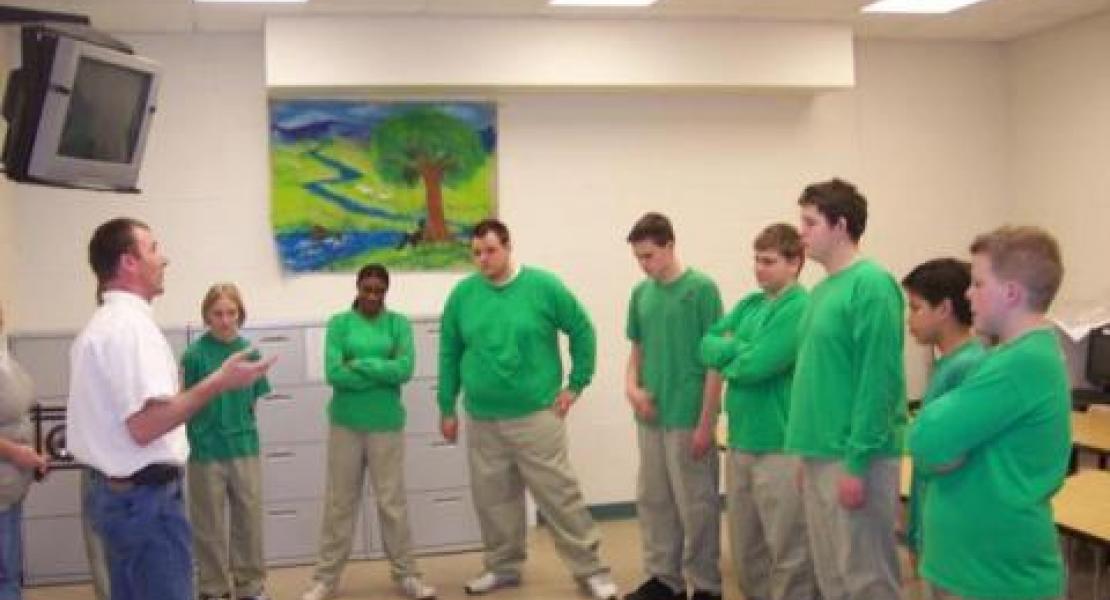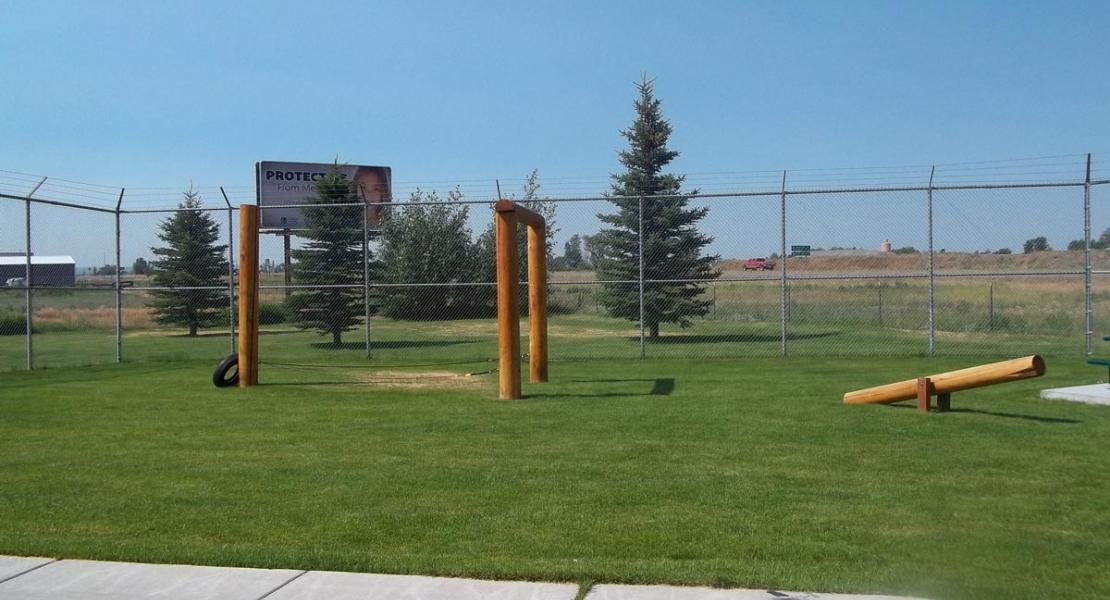
The Five County Treatment Program utilizes a phase advancement system with each phase clearly defining the requirements and privileges that correspond with advancement.
The phase advancement system is designed to reinforce positive behavioral changes through positive reinforcement and immediate consequences. Requirements were established to correspond with a juveniles individual treatment plan, and assist the resident to internalize change as individual growth and internalized values change. There are six phases that juveniles or residents must complete to advance through treatment program while in residential treatment.
Five County uses the evidenced based cognitive treatment model of Dialectical Behavioral Therapy. Cognitive Behavioral Therapy is very important in the treatment of adolescents. Much of the theoretical basis of the residential treatment component is based on the researched-based work of (Alec L. Miller PsyD, Jill H. Rathus PhD, and Marsha Linehan PhD ) in their published books (Dialectical Behavior Therapy with Suicidal Adolescents), and in (Marsha Linehan PhD in her 1993 book, Cognitive Behavioral Treatment of Borderline Personality Disorder and Skills training Manual for Treating Borderline Personality Disorder).
The DBT model of treatment was developed by Marsha M. Linehan at the University of Washington. Juveniles often have a very high sensitivity to emotional stimuli, very intense response to emotional stimuli and have a slow return to emotional baseline, once they have become over emotional. DBT focuses on emotion modulation which is the ability to inhibit inappropriate behavior related to strong negative or positive emotions, organize oneself for coordinated action in the service of an external goal, self-soothe any physiological arousal that the strong emotion has induced and refocus attention in the presence of strong emotion. ("Marsha Linehan PhD, Alec L. Miller PsyD, Jill H. Rathus PhD")
In short, DBT is teaching the skills to help residents or juveniles in the Center be emotionally regulated so that they can address target behaviors and continue to move forward in their treatment program. The central aim of DBT as a whole is to replace ineffective, maladaptive, or non-skilled behavior with skillful responses.
As a treatment strategy, the primary focus of DBT is on stabilizing residents and achieving behavioral control. DBT addresses specific treatment targets in order of importance.
- Decreasing life-threatening and suicidal behaviors including Para suicide episodes
- Decreasing behaviors that interfere with treatment, particularly non compliance
- Decreasing patterns that have a severe effect on quality of life
- Increasing behavioral skills
Subsequent to achieving behavior control, it becomes possible to work on other goals or targeted behaviors.
More program details
- The 5-C Treatment Center has professionally trained Case Managers that work with the treatment groups (male/female) offenders. Each Case Manager meets with the juvenile weekly.
- Five County operates under the jurisdiction of the Fremont County Joint School District #215.
- VOICES Five County Detention and Youth Rehabilitation Center offers Gender Specific Programming.
 Juveniles participate in drug and alcohol treatment groups. These groups deal with addictions in juveniles lives. Groups and Classes are determined by the facilitator.
Juveniles participate in drug and alcohol treatment groups. These groups deal with addictions in juveniles lives. Groups and Classes are determined by the facilitator. TREATMENT PLAN/DBT DIARY CARDS Residents complete and turn in DBT Diary Cards on a weekly basis to their clinical therapist.
TREATMENT PLAN/DBT DIARY CARDS Residents complete and turn in DBT Diary Cards on a weekly basis to their clinical therapist. At the 5 County Treatment and Rehabilitation Center female juveniles (treatment groups) have the opportunity to participate and complete structured group builders.
At the 5 County Treatment and Rehabilitation Center female juveniles (treatment groups) have the opportunity to participate and complete structured group builders.
